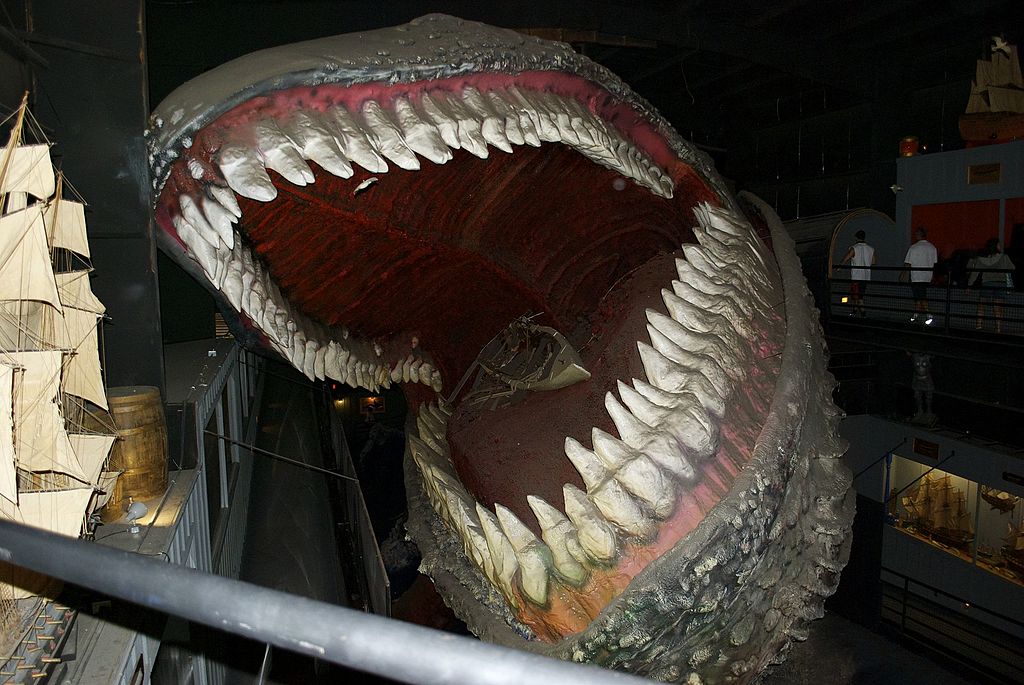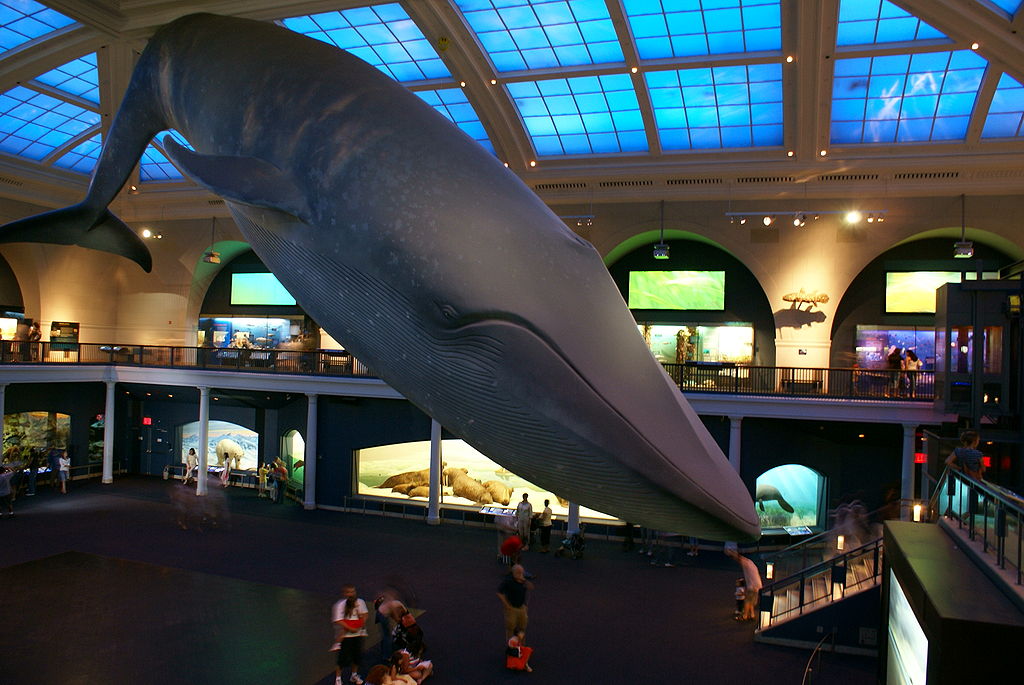The Spring Green Whale
A commentary on chapter 56 of Moby-Dick These two commentaries on Moby-Dick were originally written for an annotated edition of the book organized by users from 4chan’s /lit/ board and published in 2021.
“… for that one single incomputable flash of time, you behold an oarsman, half shrouded by the incensed boiling spout of the whale, and in the act of leaping, as if from a precipice.”


The first image is a picture of the “leviathan” exhibited at The House on the Rock in Spring Green, WI. The second is a picture of the blue whale model at the American Museum of Natural History in New York, NY. Which do you think captures the spirit of the above quote better? The hideously inaccurate 200-foot long roadside attraction, or the biologist-approved model that doesn’t look the least bit interested in whaleboats? Which is more interesting? Which more accurately reflects the “American spirit” critics like to mention in regards to Moby-Dick? Which do you think Melville would have more to say about? One thing’s for sure, it’s the “monstrous” whale that actually scares kids unlucky enough to be sent its way for a school field trip.
In this second “pictoral” chapter, Melville moves away from the whale pictures of chapter 55 in favor of a commentary on more accurate illustrations. The content of this chapter is less interesting than the polemics and mysticism that come before and after it, and from the introduction you get the sense that Melville is only writing about “the less erroneous pictures of whales” in order to make his review of whale-related art complete. He is tempted to either keep writing about “monstrous” whales and how terrible they are, or to skip ahead to the primitive and abstract whales that appear in chapter 57. The well-composed and realistic images in this chapter don’t seem to interest Melville as much. His judgments here read like an experienced whaleman pointing out which paintings depict his trade most accurately, as a kind of professional obligation or public service.
I think that hidden behind Melville’s condemnation of scientifically inaccurate whales is a fascination with the “monstrous” ways in which a larger-than life creature can appear to minds too limited in scope or perspective to see the animal in its entirety, although that might just be projection on my part. The line quoted at the beginning of this note instantly brought to my mind the “monstrous” whale of Spring Green in all its inaccurate glory. Not only is the model almost three stories tall, but the creature is sculpted in mid-roll at an almost 45° angle. At ground level it’s impossible to shake the feeling that the whale is seconds away from crushing you beneath its massive bulk. In order to leave the whale’s gallery you have to climb a spiral ramp that first passes its flippers, then its gigantic bloodshot eye, then finally its gaping mouth and fantastically large teeth, amid which you can see a dummy dressed in a fisherman’s yellow raincoat sitting in a rowboat looking back at you with a strangely calm expression.
It’s stupid, crass, inaccurate, and honestly a bit of a rip-off from a financial point of view, but this tourist trap whale perfectly captures the feeling of time transfixed Melville describes in Garnery’s whale painting. That it does so while also being perfectly “monstrous” may lend some credence to the idea that Melville isn’t really interested in accurate whales at all.